Vegetables that start with S embody a diverse and delectable world of culinary possibilities. From leafy greens to starchy delights and even sea-inspired surprises, this group of vegetables adds a unique and flavorful twist to cuisines across the globe.
Whether you’re a seasoned chef or a curious food enthusiast, this helpful category of S-named foods will help you expand your culinary possibilities.
For each suggestion, I will uncover its origins, classifications, and applications in cooking. Now, keep on reading and learn about the 16 famous vegetables that start with S, which will be followed by an extra section on S-named fruits.
16 Famous Vegetables That Start With S With Filter
The most widely used vegetables with S at the start of their name will be presented to you right away. But first, check out the interactive filters below; they were built to help you navigate this content more easily.
The filters will show you the best vegetables for preparing dishes, beverages, and garnish, as well as fruit vegetables.
Spinach
- For Beverages
- For Dishes
Spinach is a leafy green vegetable that has been enjoyed for centuries in various cuisines around the world. It has a slightly crunchy texture, though baby spinach is more tender.
Spinach boasts a mild, slightly sweet flavor with different levels of intensity. Savoy spinach is stronger than flat-leaf spinach and baby spinach.
Many European dishes, especially Mediterranean ones, are built around spinach, such as pies, pizza, salads, pasta, and sautéed dishes. In Indian cuisine, spinach appears in certain stews and curries.
Blanched spinach can be garnished with other ingredients to make versatile side dishes throughout the world. Spinach is also among the most popular vegetables for preparing smoothies.
Soybean
- For Beverages
- For Dishes
Soybean, or soya bean, is a versatile legume native to East Asia, particularly China. It is typically small and oval-shaped, with a smooth exterior.
Soybeans have a mild, nutty, earthy, and grassy flavor that becomes more pronounced when cooked or fermented. While you can add soybeans to salads, soups, or stews like other legumes, Asians mainly process them into various types of food.
Mature soybeans are the main ingredient for making tofu and soy sauce, both of which are important ingredients in Chinese and many Asian cuisines. Doenjang, soybean paste, is a Korean staple.
Soybeans can also be turned into tempeh (an Indonesian food made from fermented soybeans) and soy milk. Edamame is a beloved Japanese appetizer prepared by boiling or steaming young, green soybeans still in their pods.
Sweet Potato
- For Dishes
Sweet potato is a root vegetable that originated in Central and South America. Its tuber is long and has thin skin, while the flesh ranges from creamy white to orange or purple.
Cooked sweet potatoes are starchy, creamy, and naturally sweet. While the skin is edible, it is often discarded.
Sweet potatoes are an incredibly versatile tuber suitable for many forms of cooking, such as baking, stewing, braising, roasting, deep-frying, and boiling.
Many people in the Americas (especially the Caribbean and Latin America), Asia, and Africa use sweet potatoes in fries, casseroles, stews, soups, porridges, puddings, roasted dishes, and side dishes.
Serrano Pepper
- For Dishes
- For Garnish
- Fruit Vegetables
Serrano pepper is a popular chili pepper variety in many cuisines, especially in Mexico. It registers between 10,000 and 23,000 on the Scoville scale, making it significantly spicier than jalapeños.
Serrano peppers are a key ingredient in various salsas, hot sauces, and salads. Besides the fresh form, pickled and roasted serrano peppers are also widely used.
Serrano pepper pods typically measure between 1.5 and 1.9 inches and can display a spectrum of colors such as brown, yellow, orange, or red when ripe. Their flesh is thicker compared to many other chili varieties.
Swiss Chard
- For Dishes
Swiss chard is a leafy vegetable native to the Mediterranean region. It has many other names, such as chard, perpetual spinach, silver beet, leaf beet, and seakale beet.
Swiss chards are tender and quickly soften under heat, offering mild, earthy, and slightly bitter taste that falls between spinach and beet greens.
In their home region, Swiss chards are often thinly sliced to add to salads, sautéed with herbs, or added to pasta dishes, soups, and stews. Some Middle Eastern specialties contain Swiss chards, like herbed rice dishes.
Plus, Swiss chard leaves can be blended into green smoothies for a nutritious boost.
Scallion
- For Dishes
- For Garnish
Scallion is a ubiquitous vegetable used in various cuisines around the world. In some regions, it is known as green onion and spring onion.
Scallions are characterized by their long, tubular, slender green stalks and small white bulbs at the base. The green stalks are crisp and tender, while the bulbs are firmer.
Both parts offer a fresh, mild onion flavor with a hint of garlic. However, the green tops are milder and more suitable for garnishing; the bulbs are often used as a flavoring agent in cooking.
Scallions are widely used in Asian cuisines, including Chinese, Japanese, and Korean dishes. They are often included in stir-fries, fried rice, stews, noodle dishes, soups, sauces, and raw dishes like sushi and sashimi.
Other cooking traditions, from the Caribbean to the Mediterranean, also use scallions in the same capacity.
Shallot
- For Dishes
- For Garnish
Shallot is a small, bulbous vegetable that enjoys widespread use across various global cuisines. As a member of the onion family, it serves as an excellent substitute for onions.
When raw, shallots offer a complex flavor profile that combines peppery and umami notes with a subtle sweetness, complemented by their crunchy and moist texture.
In Asian cooking, shallots are often pickled or incorporated into pickled cucumber dishes. In addition, various dishes, from congees to salads, feature shallots as a crispy garnish or flavor enhancer.
In other countries, both raw and fried shallots are ideal options for enhancing the flavors of sauces, grilled meat, pizza, pasta, and many savory dishes.
Spaghetti Squash
- For Dishes
- Fruit Vegetables
Spaghetti squash, or vegetable spaghetti, is a winter squash known for its unique stringy and pasta-like consistency. When cooked, its flesh separates into long, thin strands, resembling spaghetti noodles.
Typical spaghetti squash has an oblong or oval shape, and its skin can range from pale yellow to golden or even orange. The interior flesh is pale yellow and contains seeds arranged in a central cavity.
Spaghetti squash has a sweet and slightly nutty flavor that serves as an ideal canvas for a variety of seasonings and sauces. In Italian cuisine, spaghetti squash is often used as a low-carb alternative to traditional pasta.
Americans frequently use spaghetti squash to make casseroles. In Mediterranean cuisine, spaghetti squash can be stuffed with other ingredients and baked until tender.
Some forms of Mexican tacos and burritos employ spaghetti squash as a filling, while many Asian stir-fries are based on this winter squash.
Swede
- For Dishes
Swede, also known as neep, Swedish turnip, or rutabaga, is a well-known root vegetable that hails from Northern Europe.
Swedes have a round or oval shape and are closely related to other cruciferous vegetables such as cabbage, broccoli, and cauliflower. Beneath their smooth skin is creamy-white or pale yellow flesh.
Raw swedes boast a dense and solid texture, while cooked ones are creamy. Flavorwise, this vegetable has a subtle sweetness with a mild earthy or cabbage-like undertone.
Swedes are a staple in British, Swedish, and French cuisines. Roasting, stewing, cooking in soups, and boiling and mashing are popular ways to prepare swedes in these countries.
String Bean
- For Dishes
String bean describes the elongated pods from different types of common beans. They are picked while the beans inside are still undeveloped and have a bright green color.
Also known as green beans or snap beans, string beans come in many shapes and sizes. For example, runner beans (hyacinth beans) can have pods up to 3.9 inches long, while the pods of asparagus beans can be nearly 19.6 inches long.
String beans enjoy global popularity as a vegetable and can be prepared in numerous ways, including raw, boiled, steamed, baked, or grilled.
In the Northern United States, string beans are a staple feature in Thanksgiving meals. Meanwhile, Chinese people pickle string beans in vinegar and serve them as a condiment.
Beyond that, string beans also play a crucial role in the preparation of soups, stews, rice dishes, and casseroles throughout the world.
Sprout
- For Dishes
- For Garnish
Sprout refers to a vegetable that emerges from dampened seeds or beans, especially mung beans. It is known for its fresh, vegetal flavor and is a homegrown food staple.
To sprout mung beans, the beans are usually placed in a jar, covered, and soaked thoroughly in water. The water should be drained off daily.
This method typically yields crunchy, moist sprouts in about 4 to 6 days, but warmer temperatures accelerate the germination process.
Sprouts make a great addition to stir-fries, dumpling fillings, or rolls and wraps. They are prominently featured in various Asian dishes, especially in Chinese, Korean, and Southeast Asian cuisines.
Salsify
- For Dishes
Salsify is a root vegetable originating in the Mediterranean. While its cultivation dates back to ancient Greece and Rome, it is relatively less popular than other vegetables.
Salsify has many alternative names, such as common salsify, vegetable oyster, and oyster plant. Its roots are long and slender, similar to carrots but longer and more delicate.
There are two main salsify varieties: black salsify (with dark, blackish-brown skin) and white salsify (with pale, creamy-white appearance). Both are crisp and waxy in raw forms yet tender when cooked.
Salsify is prized for its mild, sweet flavor with subtle hints of earthiness and a delicate, oyster-like taste. This vegetable shines in many European stews, omelettes, pickles, rice dishes, and sautéd dishes.
Samphire
- For Dishes
Samphire is a coastal leafy vegetable native to Europe. It is notable for its distinct, fleshy stems and leaves.
Samphire has slender, branching stems and tiny, needle-like leaves. The succulent stems are segmented and resemble miniature asparagus spears.
The two most popular samphire varieties are rock samphire and marsh samphire (common glasswort). Both types offer a pleasing snap and a briny and salty flavor reminiscent of the sea.
In European cuisines, particularly in coastal regions, samphire is often blanched or sautéed and served as a side dish to accompany seafood, such as fish and shellfish. This vegetable is a flavorful ingredient in salads and pickles.
Sorrel
- For Beverages
- For Dishes
Sorrel is a leafy green vegetable that originated in West Africa. It has many other names, such as garden sorrel, common sorrel, spinach dock, and narrow-leaved dock.
Sorrel has elongated, lance-shaped leaves that can range from bright green to deep green. Popular varieties are common sorrel, French sorrel, and red-veined sorrel.
Sorrel leaves are tender yet pleasantly crisp. The defining characteristic of sorrel is its tart and lemony flavor, which is similar to lemon zest or green apple.
Many European countries use sorrel in sauces, salads, and both hot and cold soups. The tang of sorrel provides a nice contrast to the creamy ingredients.
In North America, people use sorrel in salads and as a garnish for seafood dishes. In some Asian cuisines, particularly in India and Vietnam, sorrel leaves are used in soups, stir-fries, and salads.
Seaweed
- For Dishes
Seaweed is an aquatic plant that has been a significant part of diets in many coastal regions for centuries. Its common varieties include kelp, nori, dulse, wakame, and Irish moss.
The texture of seaweed ranges from crispy and delicate to tender and chewy. Flavor-wise, seaweed can range from mild and briny to slightly sweet or smoky.
Seaweed is widely used in many East Asian cuisines as a main ingredient for sushi, kimchi, rice rolls, soups, broths, and salads.
Many Western cuisines employ seaweed as a seasoning or garnish for dishes like salads, soups, and seafood. Dried seaweed snacks have gained popularity worldwide.
Skirret
- For Dishes
Skirret is a root vegetable native to China. Its tubers are slender and elongated, somewhat resembling parsnips or carrots.
When cooked, the cream-colored skirret flesh turns from firm and crisp to sweet and tender. In certain European countries, especially Britain, people often cook skirrets in vegetable stews or add them to savory tarts and pies as a filling.
Moreover, roasted skirret tubers are also a popular side dish.
Now that you have an in-depth understanding of vegetables that start with S, I’m sure you will find S-named fruits an interesting topic, too.
What Are Must-know Fruits That Start With S?
Scroll down to explore popular vegetables whose first letter in the name is S; they are all super tasty!
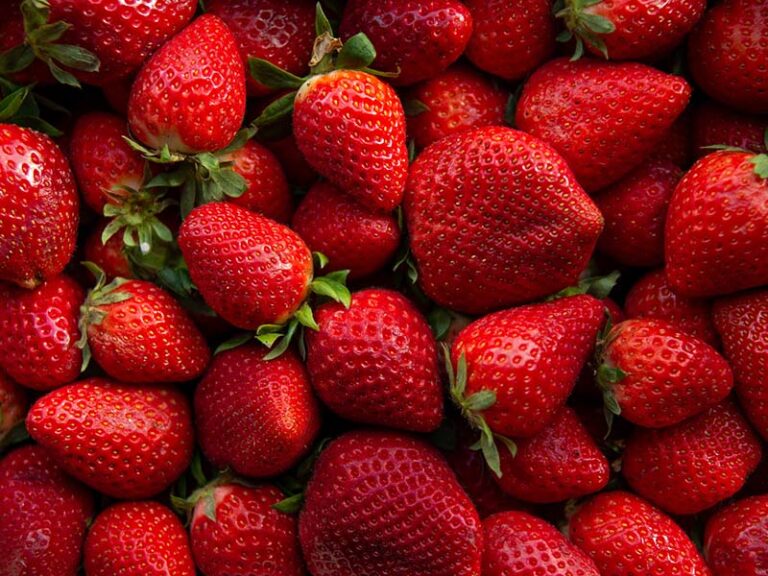
Strawberry
Strawberry is a sweet and juicy red fruit widely consumed in North America and Europe. It tastes well with snacks and breakfast items, such as cereals and yogurt.
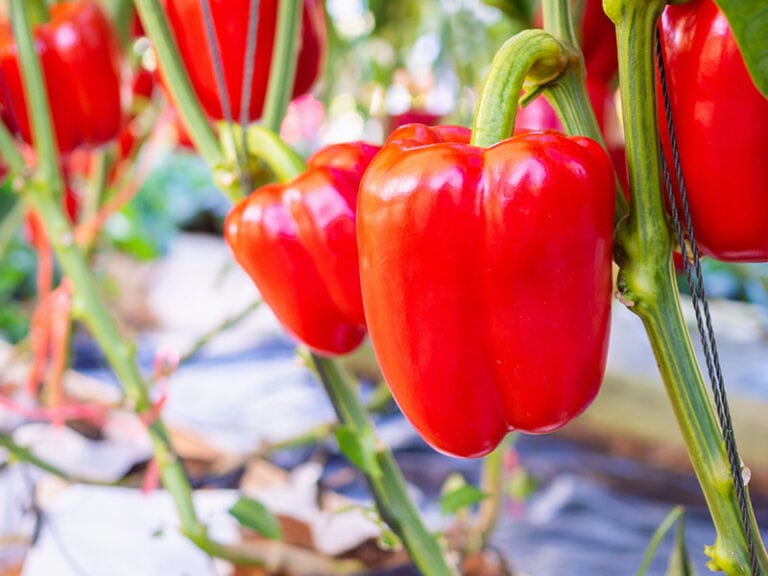
Sweet Pepper
Sweet pepper refers to various non-spicy peppers, especially bell peppers. These pepper varieties can be prepared in various ways.
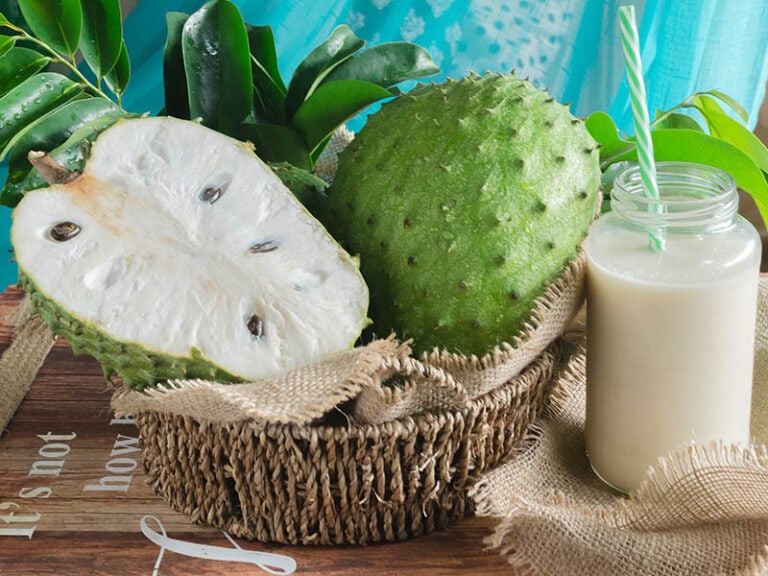
Soursop
Soursop, also known as graviola, is a tropical fruit indigenous to the tropical regions in the Americas. It has spiky green skin outside and soft, sweet, white flesh inside.
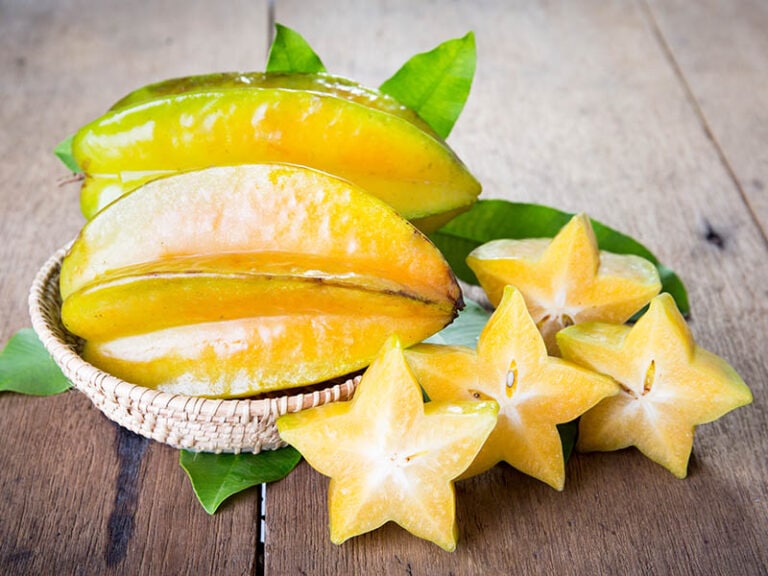
Star Fruit
Star fruit, also known as starfruit or carambola, is a sweet and tangy fruit hailing from the tropical regions in Southeast Asia.
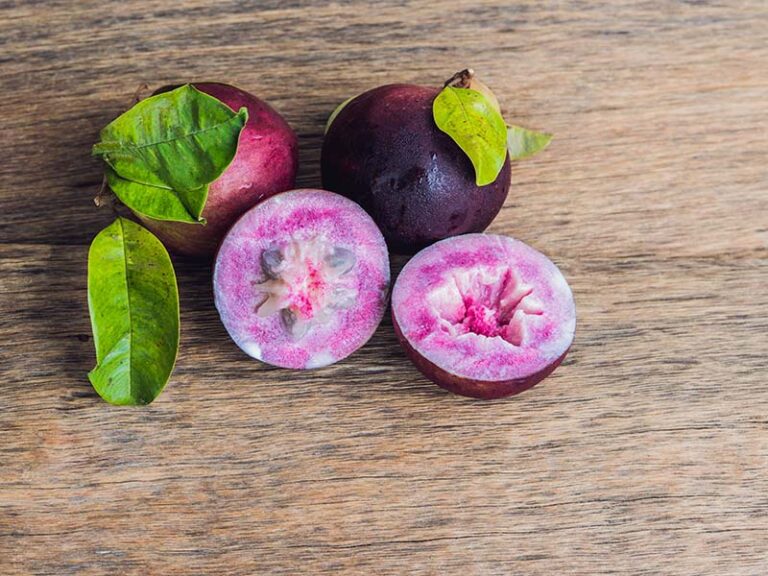
Star Apple
Star apple is a tropical fruit of Central American origin. Beneath its thick, purple rind is white creamy flesh with a milk-like sweetness.
Do you want to find out more about fruits starting with the 19th letter? I have a full list of fruits that begin with S that will show you everything you need to know.
Experience my S-listed vegetable recommendations, then share your discoveries in the comment section. And don’t forget to share this knowledge with your friends who will appreciate new vegetable suggestions.
Speaking of new choices, a list of A-Z veggies below will help you have a comprehensive knowledge about these foods.

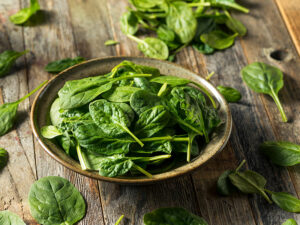
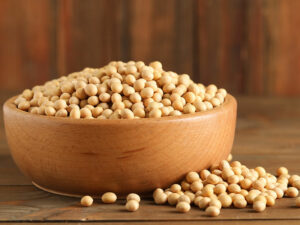
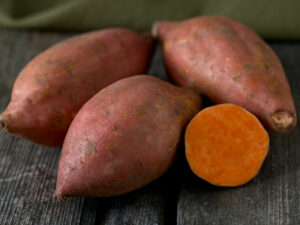
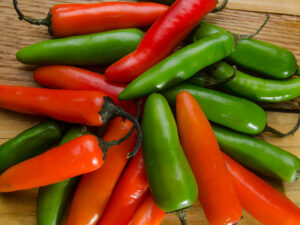
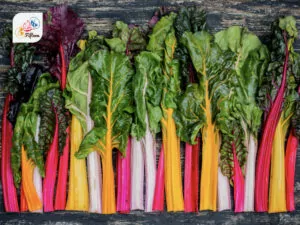
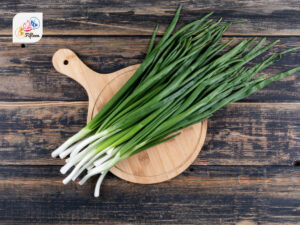
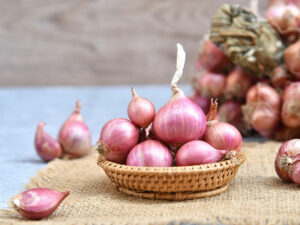

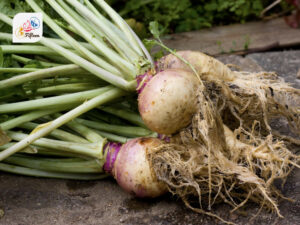
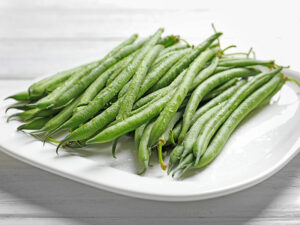
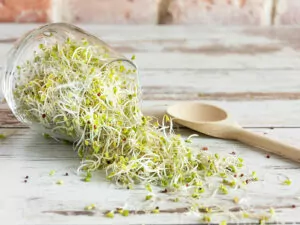
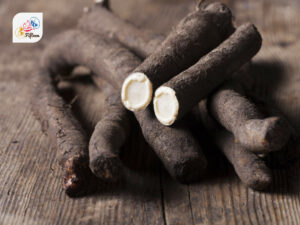
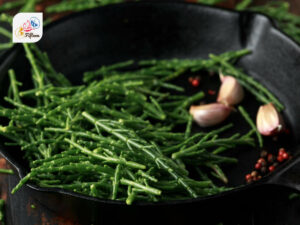
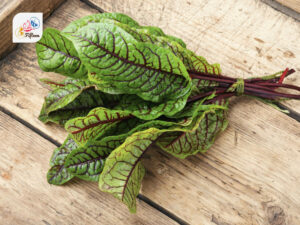
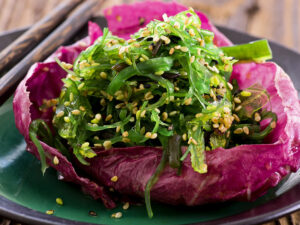
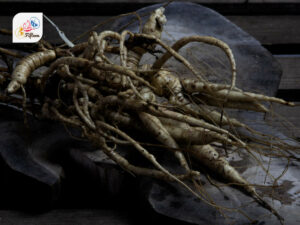
Jamie Scott
Editor in Chief, Senior Content Writer
Expertise
Home Cooking, Meal Planning, Recipe Development, Baking and Pastry, Food Editor, Cooking-video Maker, Western Food Evaluation Expert
Education
Le Cordon Bleu College of Culinary Arts
Local Community College, New York, NY
Jamie Scott is a skilled culinary expert and content creator specializing in Western cuisine. With over 15 years in the culinary field and formal training from Le Cordon Bleu, Paris, Jamie deeply understands how to blend nutrition with delicious flavors. His passion for cooking matches his commitment to making healthy eating accessible and enjoyable.
On Fifteen.net, Jamie brings a fresh perspective to classic dishes and beverages, offering readers insightful recipes, cooking tips, and a fresh view on meal planning that emphasizes taste, health, and simplicity.